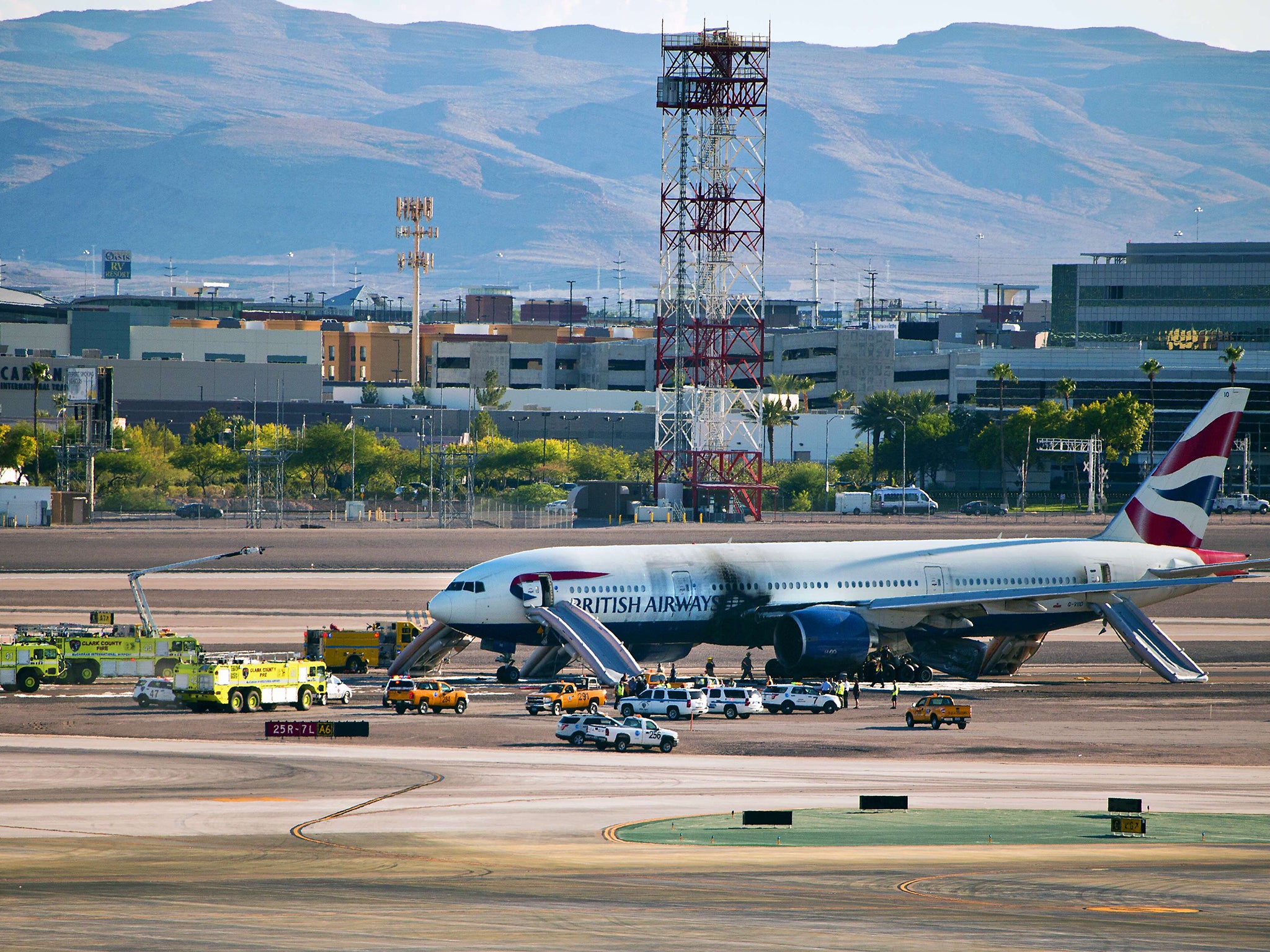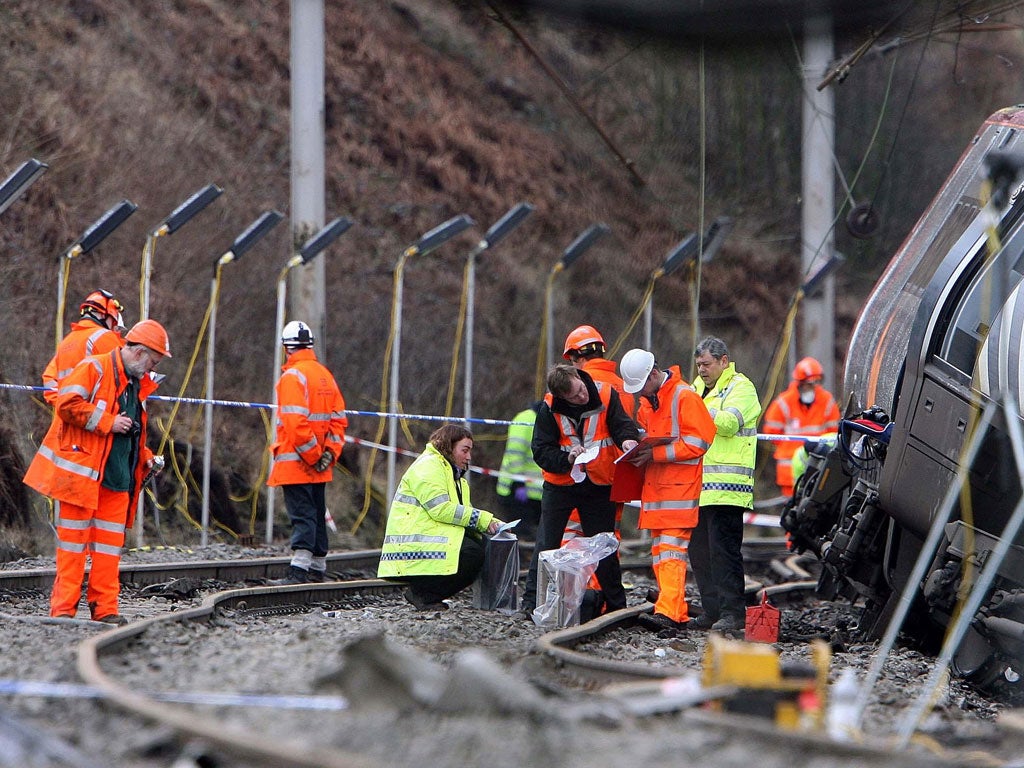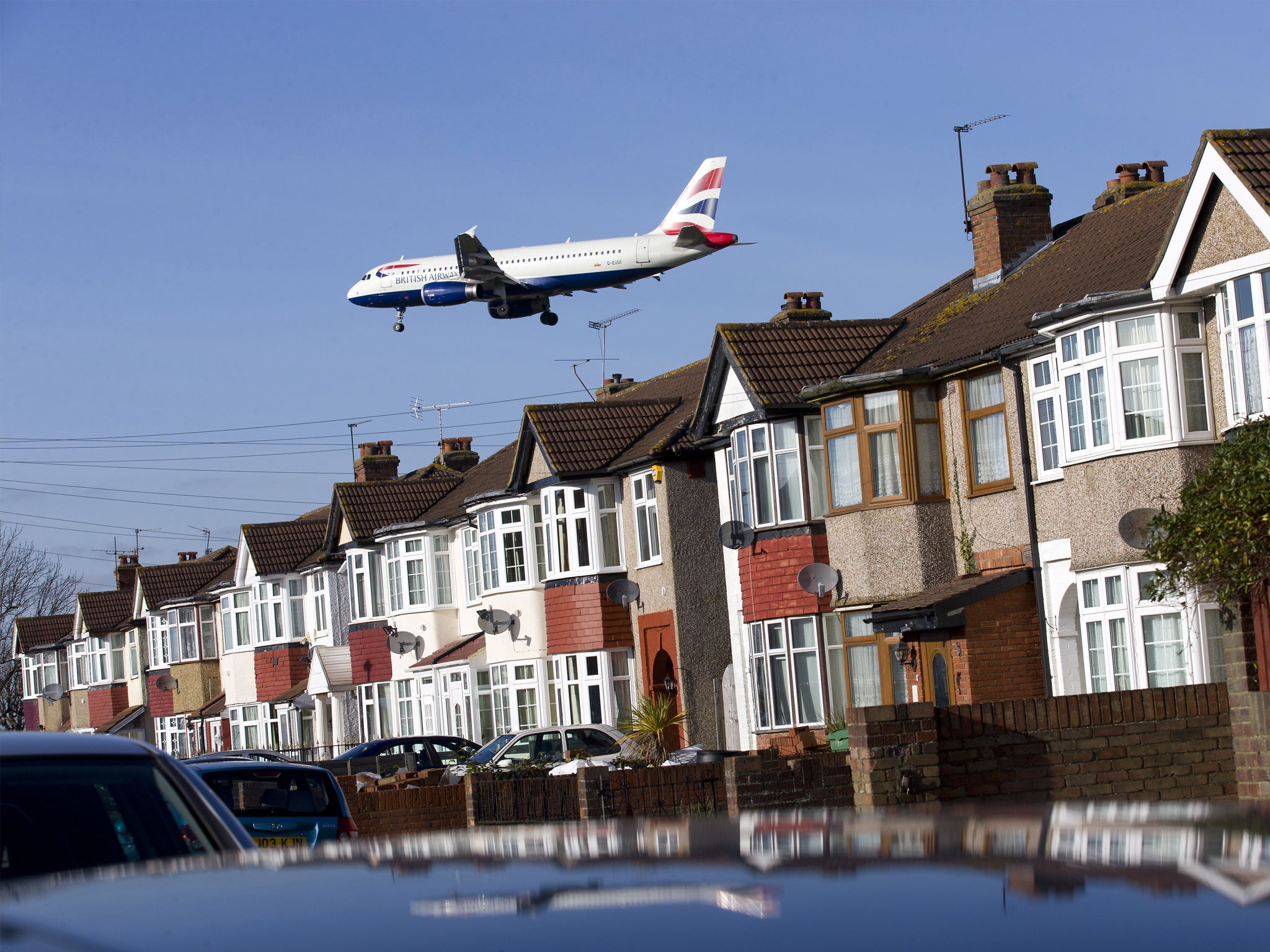BA Flight 2276 fire: What is the safest form of transport?
Passengers have been evacuated from a British Airways plane that caught fire in Las Vegas

Your support helps us to tell the story
From reproductive rights to climate change to Big Tech, The Independent is on the ground when the story is developing. Whether it's investigating the financials of Elon Musk's pro-Trump PAC or producing our latest documentary, 'The A Word', which shines a light on the American women fighting for reproductive rights, we know how important it is to parse out the facts from the messaging.
At such a critical moment in US history, we need reporters on the ground. Your donation allows us to keep sending journalists to speak to both sides of the story.
The Independent is trusted by Americans across the entire political spectrum. And unlike many other quality news outlets, we choose not to lock Americans out of our reporting and analysis with paywalls. We believe quality journalism should be available to everyone, paid for by those who can afford it.
Your support makes all the difference.One report about the fire on a British Airways Boeing 777 at Las Vegas said the passengers and crew had “a lucky escape”.
The aviation community will repudiate that description. The evacuation amid smoke and flames was certainly dramatic. But the emergency was handled professionally and safely.
It used lessons learned in the last BA fatal incident, which had some similarities: an engine fire on a Boeing 737 on the runway at Manchester airport. Fifty-five people died, mainly from smoke inhalation.
Safety measures were imposed worldwide to enhance survivability, and it is possible that some of the 172 passengers and crew on board flight BA2276 owe their lives to those enhancements.
Yet that catastrophic event took place 30 years ago, and since then British Airways has not lost a single passenger in an accident.
Among other UK airlines, the last fatal crash was at Kegworth in 1989; 47 people died when a British Midland Boeing 737 crashed beside the M1. No other major nation has such a flawless safety record: our airlines have operated millions of flights on almost 10,000 fatality-free days.
The only other form of transport that comes close to aviation’s impressive safety record is rail. The last passenger fatality on the UK rail network occurred in 2007, when a Virgin Train from London to Glasgow derailed in Cumbria. One passenger died.

In contrast, there have been no days since the last fatal road accident in the UK. The death toll averages five a day, amounting to the equivalent of four fully loaded jumbo jets in a year.
Professor Sir David Spiegelhalter, Winton Professor of the Public Understanding of Risk at Cambridge University, has evaluate the dangers of different forms of transport.
I have used his data to derive how far you must travel to incur risk equivalent to one mile of motorcycling - which is by far the most dangerous everyday form of transport.
On light aircraft, it is two miles; by bicycle four miles; and by car 47 miles. Trains and jet planes are dramatically safer.

As an airline passenger, covering 852 miles attracts the the same risk as a mile on a motorbike, while trains rate even safer at 1,059. Probably the wisest decision you can make is to switch, whenever possible, from road to rail or air.
“I go out of my way to avoid travelling by car, because I know the risks per mile are so much higher than rail,” Professor Spiegelhalter told me.
Besides hoping for a swift recovery for the 13 people who were hurt during the emergency (minor injuries are common during aircraft evacuations), the only concern of other passengers on British Airways might be: is my flight going to be delayed as a result?
While BA, like other airlines, keeps aircraft on standby, it is possible that some departures are delayed in the next few days and weeks.
Join our commenting forum
Join thought-provoking conversations, follow other Independent readers and see their replies
Comments